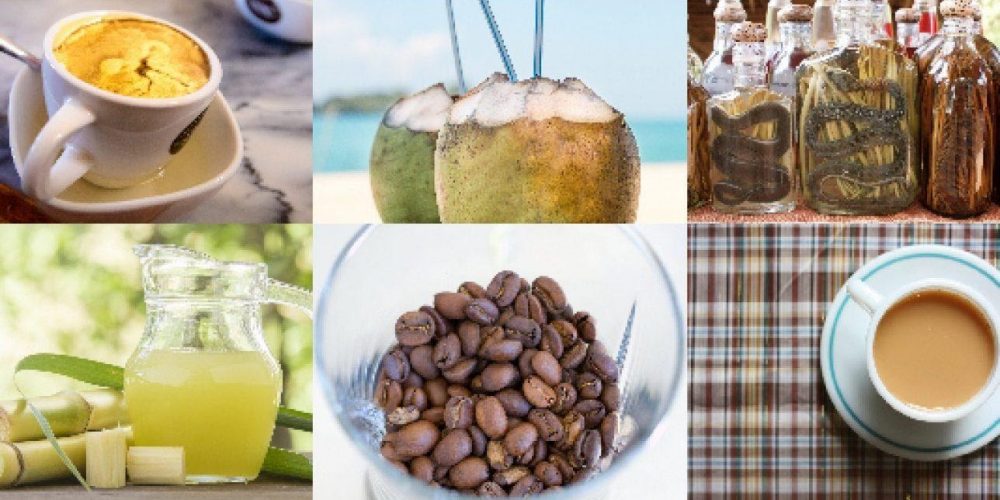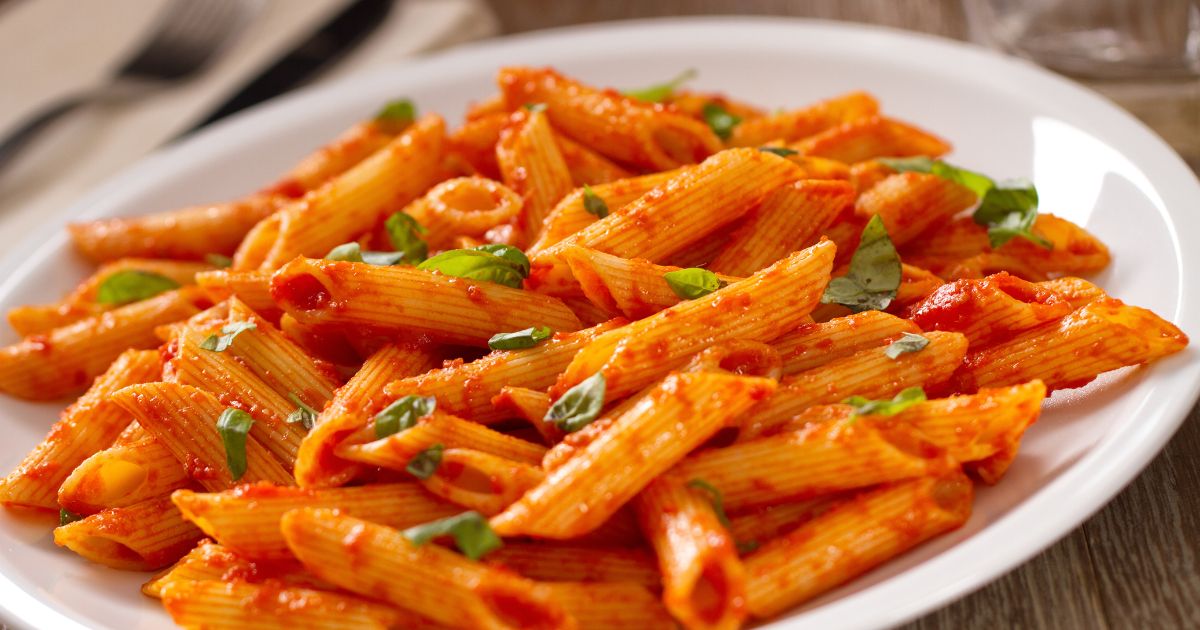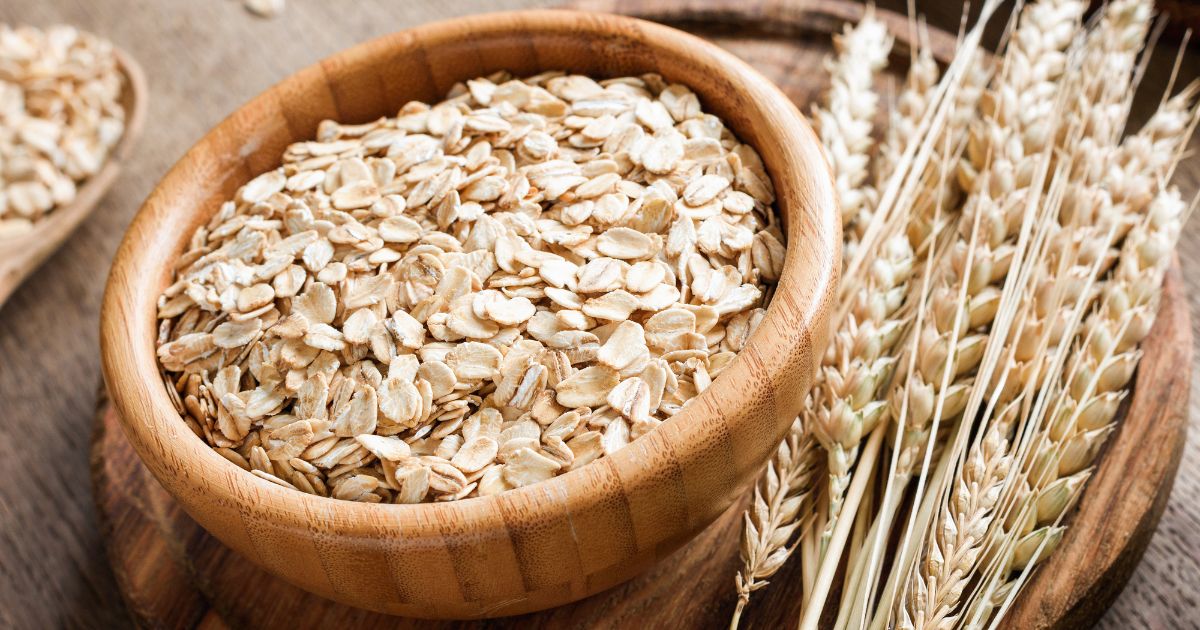It’s that moment of the year when our body desires some flavourful hydration, and all we want to do is down cold drinks by the gallon. But this summer, try mixing up some classic Indian chillers and street glasses instead of guzzling the bottled drinks understood in the market.
Traditional coolers ideal for beating the heat on hot summer days, made from seasonal fruits, herbs, and spices. Every area in India has its versions, each perfected by years of experience and time.
Thandai
Thandai a North Indian milk-based beverage incorporating nuts, seeds, and various spices. The preparation starts with a thick paste usually made with a different combination of nuts. And herbs such as cashews, peppercorns, almonds, cardamom and many more. Along with this, for saffron farming, the Massey Ferguson Smart Series tractor model is best for preparing the land and gives productive agriculture.
The milk is mixed with sugar and saffron, occasionally with rose water, before combining with the nut and spice paste. The mixture is then left to set before it is strained. Thandai should always served well-chilled and typically decorated with saffron threads and slivered nuts.
Assam Tea
Assam an Indian black tea produced from Camellia sinensis var. assamica. This tea is only made in the north-eastern Indian state of Assam. Assam tea was mainly a mass-produced black tea, but artisanal-produced high-quality teas evolve more prominent.
Assam tea distinguish for its intense earthy and malty flavour, though the final character mostly relies on the harvesting cycle. The first crops result in lighter, fruit-forward teas, and the two crops will usually deliver full-bodied and malty medicines.
Sweet Lassi
The name suggests this lassi variety sweeten. It incorporates yoghurt (curd) and usually some fruit or flavourings such as saffron or cardamom. Sweet lassi often enjoyed after a meal or just a refreshing drink, trendy during warm summer days.
Lassi traditional designed in clay pots. It is thick cream (malai), and sweet varieties commonly decorated with sliced nuts. There are many lovely lassi variations, and apart from classic versions, mango lassi just grew into one of the choices.
Chai Masala
Chai masala an aromatic liquid developed in India. It created with a variety of sweetened black tea and milk flavoured with a masala mix that generally includes cardamom, ground ginger, cloves, cinnamon, and black peppercorns. The Kubota B Series tractor model is best for handling implements and providing durability in many farming tasks for tea farming.
However, the selection and the exact proportion of spices often vary. Although several theories claim otherwise, the origin of chai masala mainly associated with the British tea trade. In the 19th century, the Chinese trusted the tea business, and the British looked for other needs that would fulfil the high request for black tea, which was a firm European favourite.
Feni
This strong Indian spirit made with the second or third distillation of the cashew fruit. Although there are two kinds of feni, one filtered from cashew fruit and one from fermented toddy of the coconut palm cashew mixture lauded for its rate and has also been awarded the Geographical Declaration, which specifies that it can only create in Goa.
Cashew feni is a potent, fruity spirit with a unique, subtly sweet fragrance with citrus and tropical fruit suggestions. Although it is traditionally enjoyed as a shot, it is best to include it in lemon-based long sips to get accustomed to its acquired preference.
South Indian Coffee
Indian filter coffee is a preparation method for brewing coffee utilising an Indian coffee filter. This filter consists of two sections, the upper one with a perforated bottom used to hold bottom coffee and the bottom one in which brewed coffee slowly dripped.
This brewing method results in a richly-flavoured, full-bodied coffee usually combined with milk and sweetened with sugar. Occasionally, coffee and warm milk run from one receptacle until it aerated and becomes bubbly.
Darjeeling
This prestigious tea was named after the Indian city of Darjeeling, the centre of Bengali tea cultivation and once the starting point of a caravan route to Tibet. Even today, this old city still best understood for the very best rate tea of the exact title.
The tea cultivation in the West Bengal Darjeeling district goes back to Englishman Arthur Campbell (1805-1874), who experimented with various types of tea in his garden in the wider Darjeeling area. This led to the launching of the Darjeeling Company in 1864, which was renamed in 1896 to the Darjeeling Consolidated Tea Company.
Gin and Tonic
An easy highball cocktail created with gin and brewed water poured over ice, then decorated with a lime wheel, called Gin and Tonic. Malaria was a constant issue in India, so the management used the cocktail to stop and treat the disorder with the tonic’s quinine.
Due to its bitterness and sour notes, particularly during the summer months. One can test with ratios of the elements, even though proposed ratios of gin to tonic water range between 1:1 and 1:3. It generally referred to as Gin Tonic in some nations, while individuals in English-speaking countries often call it G & T.
Be with us for more related content.




